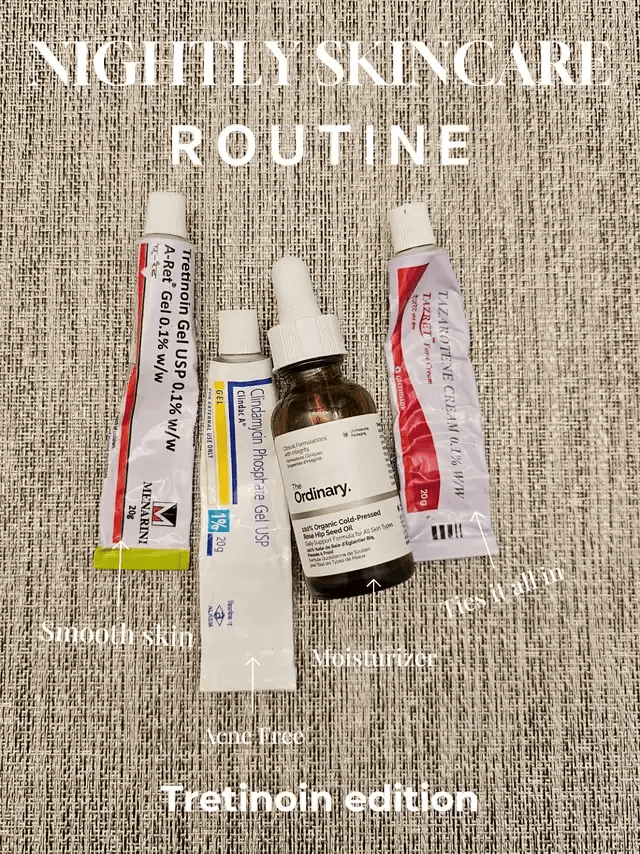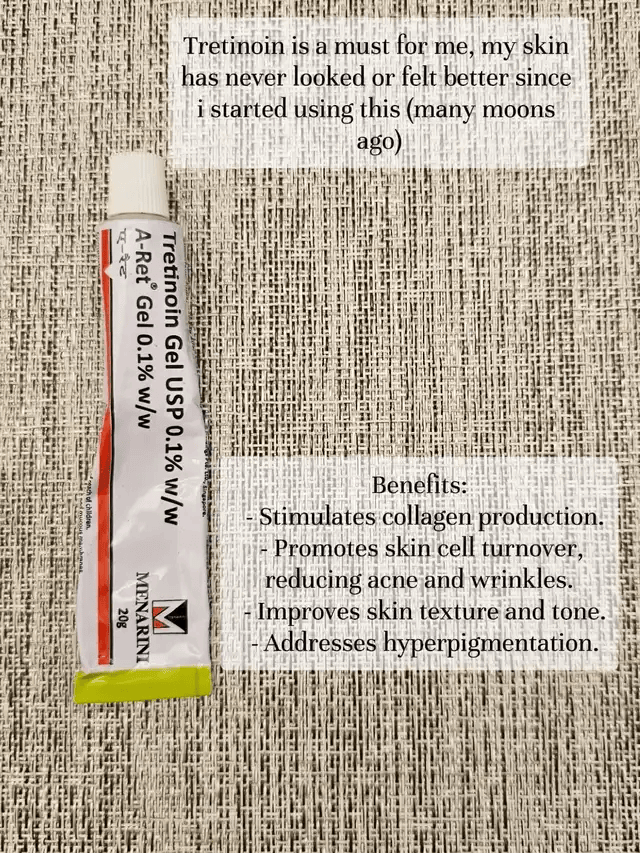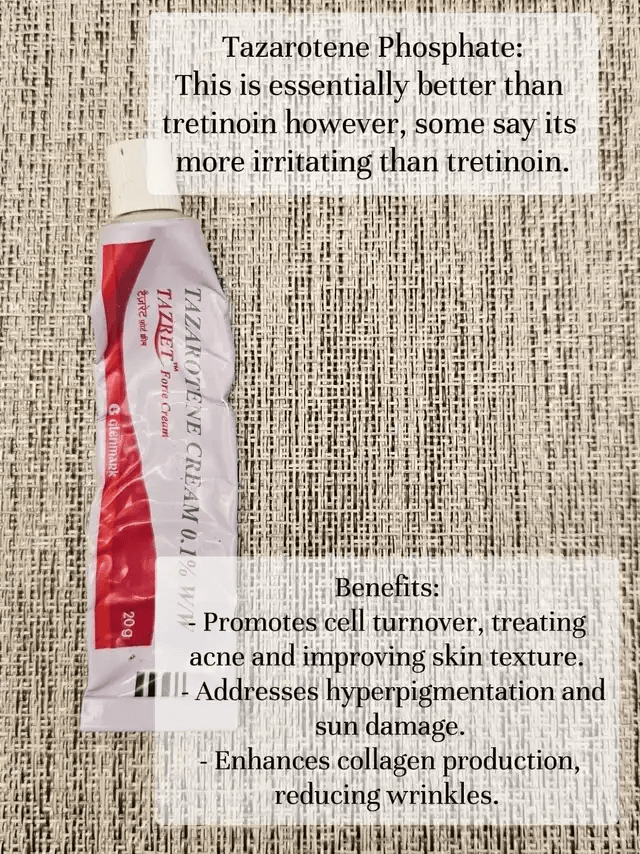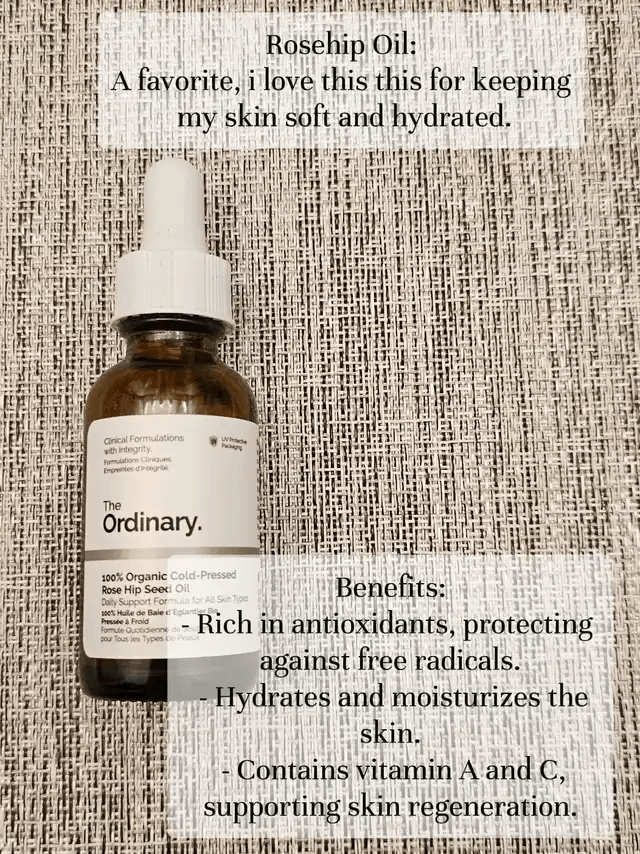
Skincare can feel like an endless battle, especially when juggling various skin types and conditions. Having dehydrated, oily, sensitive, and acne-prone skin means I need to be strategic about my nightly routine.
Through trial and error, I’ve discovered some holy grails that have transformed my skin and helped me achieve my goal of keeping it hydrated and acne-free.
In this article, I’ll share my nightly skincare staples, why they work, and tips to maximize their effectiveness.
Understanding My Skin
Before diving into the specifics of my routine, it’s essential to understand my skin’s unique characteristics. I struggle with:
- Dehydration: My skin often lacks moisture, leading to a dull appearance.
- Oiliness: While my skin is oily, it paradoxically craves hydration.
- Sensitivity: Many products can irritate my skin, making it essential to choose carefully.
- Acne-Prone: I regularly deal with breakouts, so I need products that target acne without exacerbating my other skin concerns.
This combination means that every product I use must serve a dual purpose: combatting acne while ensuring my skin remains nourished.
Step 1: Tretinoin – The OG of Skincare

Tretinoin is often hailed as the gold standard in skincare. This powerful retinoid is one of the most studied ingredients in skincare and has proven results for various skin issues, including acne, fine lines, and hyperpigmentation.
Why I Love Tretinoin
- Proven Efficacy: Tretinoin promotes cell turnover, helping to unclog pores and reduce acne.
- Anti-Aging Benefits: It stimulates collagen production, which helps maintain skin elasticity.
Important Reminders
- Use at Night: Tretinoin should only be applied at night, as it can increase your skin’s sensitivity to sunlight.
- Sunscreen is Essential: If you use tretinoin, wear sunscreen daily. Neglecting to do so can lead to sun damage and diminish the benefits of this potent ingredient.
Step 2: Clindamycin Phosphate – My Acne Fighter

For my acne, I incorporate Clindamycin Phosphate, a topical antibiotic that helps target and reduce acne-causing bacteria.
Benefits of Clindamycin
- Fast-Acting: I’ve noticed improvements in my breakouts shortly after starting this treatment.
- Targeted Treatment: It directly addresses acne without affecting the entire skin surface.
Important Reminders
- Limited Use: Clindamycin should not be used long-term. I typically follow a cycle of using it for three months on and three months off.
- Moisturize After Application: Clindamycin can be quite drying, so it’s crucial to follow up with a moisturizer to maintain hydration.
Step 3: Tazarotene – The Big Sister of Tretinoin

Occasionally, I switch things up by using Tazarotene, which is similar to tretinoin but can be more potent and irritating.
Why I Alternate with Tazarotene
- Strong Results: Tazarotene is effective for treating acne and has similar anti-aging benefits to tretinoin.
- Daytime Use: Unlike tretinoin, Tazarotene does not react to the sun, making it a viable option for daytime application.
Important Reminders
- Irritation Potential: Tazarotene may cause more irritation than tretinoin, so I ensure to monitor my skin’s reaction.
- Cost Consideration: Tazarotene is generally more expensive, so it’s essential to weigh the benefits against the cost.
Step 4: Rosehip Oil – My Hydration Hero

No skincare routine is complete without a nourishing oil. Rosehip Oil is my go-to because it provides the perfect balance of moisture and nourishment.
Why I Love Rosehip Oil
- Hydrating and Softening: This oil keeps my skin soft and deeply moisturized.
- Rich in Nutrients: Rosehip oil is packed with vitamins A, C, and essential fatty acids, making it great for skin health.
Important Reminders
- Patch Test: Always perform a patch test before introducing new oils to your routine, especially if you have sensitive skin.
Step 5: Incorporating a Moisturizer
While the treatments mentioned above are effective, I believe in the power of a good moisturizer to seal in hydration.
Choosing the Right Moisturizer
I opt for a lightweight, non-comedogenic moisturizer that hydrates without clogging my pores.
Important Reminders
- Look for Key Ingredients: Ingredients like hyaluronic acid or glycerin can help attract moisture to the skin.
- Layering Technique: Apply moisturizer after your active treatments to lock in their benefits.
Conclusion: A Tailored Nightly Routine
Crafting a skincare routine that caters to my dehydrated, oily, sensitive, and acne-prone skin has been an evolving journey. The combination of tretinoin, clindamycin phosphate, tazarotene, and rosehip oil has proven to be my holy grails. Each product plays a vital role in maintaining hydration while keeping acne at bay.
Additional Tips for Success
- Be Consistent: Consistency is key in seeing results from any skincare routine. I stick to my regimen nightly, making adjustments as needed based on my skin’s condition.
- Consult with a Professional: Always check with a dermatologist before starting new treatments. They can provide personalized recommendations tailored to your specific skin needs.
By understanding my skin and incorporating these powerful products, I’ve significantly improved its overall health. Remember, skincare is a personal journey, and what works for me might not work for everyone. However, with patience and dedication, you too can discover your own nightly skincare staples.
